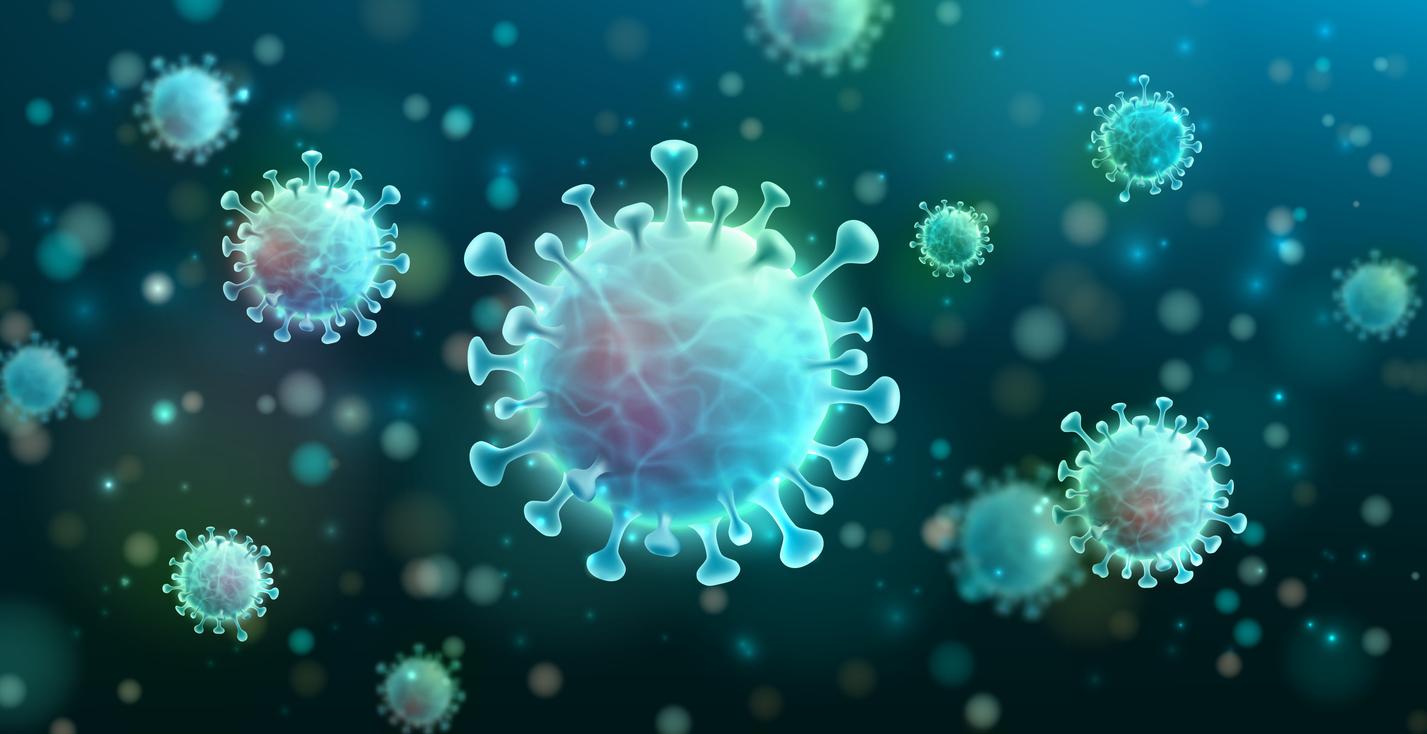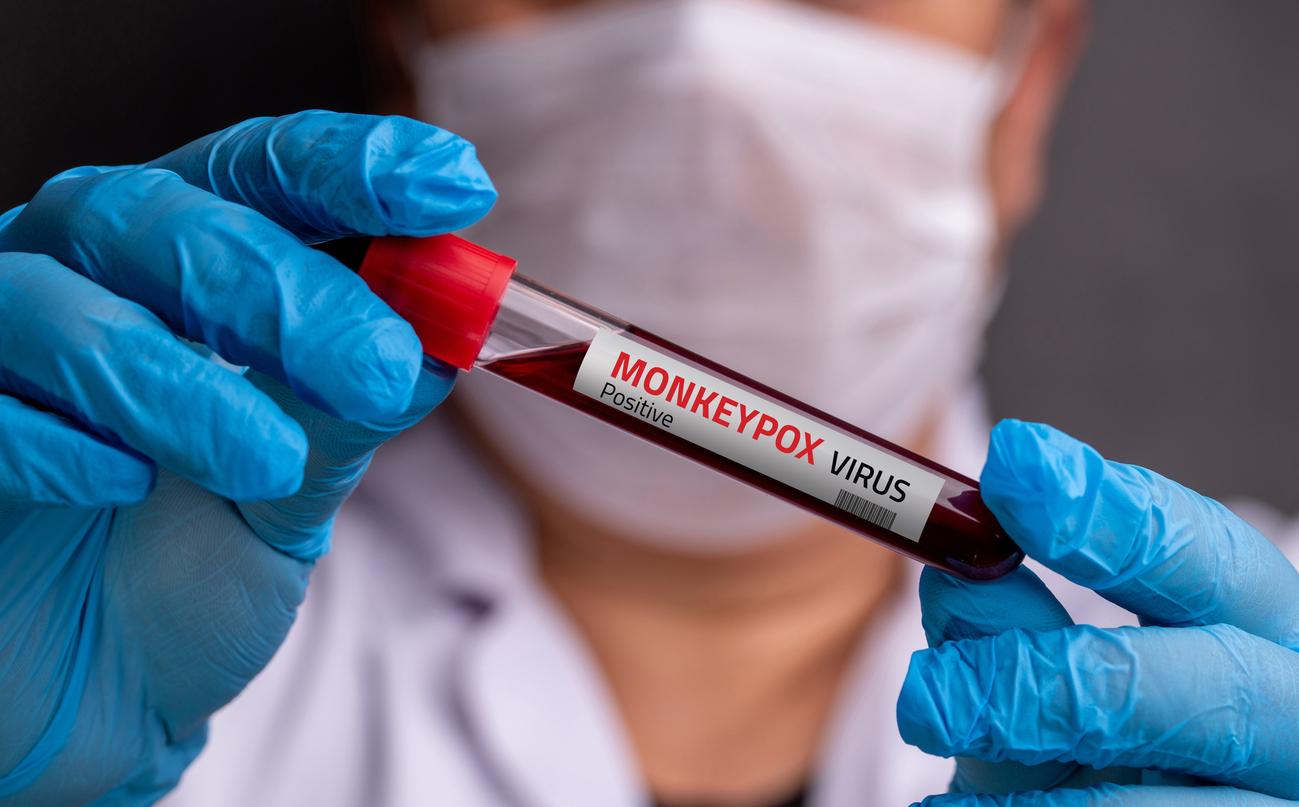Gene therapy, combined with CRISPR technology, could make it possible to eliminate the AIDS virus from the organism of infected people.

- A new gene therapy against AIDS raises hope.
- It consists of modifying a gene, using CRISPR genetic scissors, to immunize patients against the virus.
- A clinical trial on an HIV-positive patient is underway.
More than forty years after the discovery of AIDS, scientists are approaching an effective treatment to eradicate it. Currently, it is not possible to achieve a total cure, but recent research shows that gene therapy could be a solution to prevent the virus from growing. American researchers are currently testing the effectiveness of an intravenous treatment to modify the genome to immunize against the disease.
AIDS: what does this promising therapy consist of?
“This therapy exploits a natural mutation, present in less than 1% of northern Europeans, explains Hervé Poirier, editor-in-chief of the scientific magazine Epsiloonin an article by France information. The mutation codes for a protein in the cell membrane which constitutes the main access door of the virus. With the mutated form, HIV runs into a wall. The rare people who are lucky enough to inherit it are therefore naturally immune..” This promising therapy consists of injecting an inactive virus into the blood of patients so that it reaches the immune cells and thanks to the technique of genetic scissors CRISPR, which makes it possible to modify or inactivate genes, the virus can integrate this mutation in the genome.
A promising clinical trial for the treatment of AIDS
Last September, researchers at Temple University in Philadelphia in the United States started a clinical trial with an HIV-positive patient. The objective of this work is to evaluatesafety and efficacy” of this treatment called EBT-101. In a Press releasethe authors of this research believe that it has “the potential to change the future of HIV therapies”. The authors hope that if this works as they expected, the patient will no longer need antiretroviral therapy, which is currently the standard protocol for combating HIV infection. The patient is currently under observation to verify that the virus has disappeared from his organism. “Nearly 40 million people worldwide suffer from the effects of HIV, and more than 40 years after the discovery of HIV/AIDS, there are still no cures“, emphasizes Dr. Kamel Khalili, author of this work. EBT-101 has the potential to address the long-standing unmet needs of people living with HIV/AIDS by removing viral DNA from their cells, thereby eradicating the infection.“
AIDS: intravenous gene therapy, a simpler method to implement
Previous trials have shown the benefits of this type of treatment. “This double gene therapy seems effective: just a few weeks after the injection, the virus was undetectable in the blood of 58% of the rodentsspecifies Hervé Poirier, in the article by France information. And the researchers are all the more confident, as the contribution of the mutation has already been proven in five people, who have benefited from a bone marrow transplant..” But he recalls that this technique is “very heavy“and cannot be”generalized to all patients”. This new therapy injected intravenously is easier to administer, and less expensive, and could thus make it possible to fight against the disease on a large scale.
















